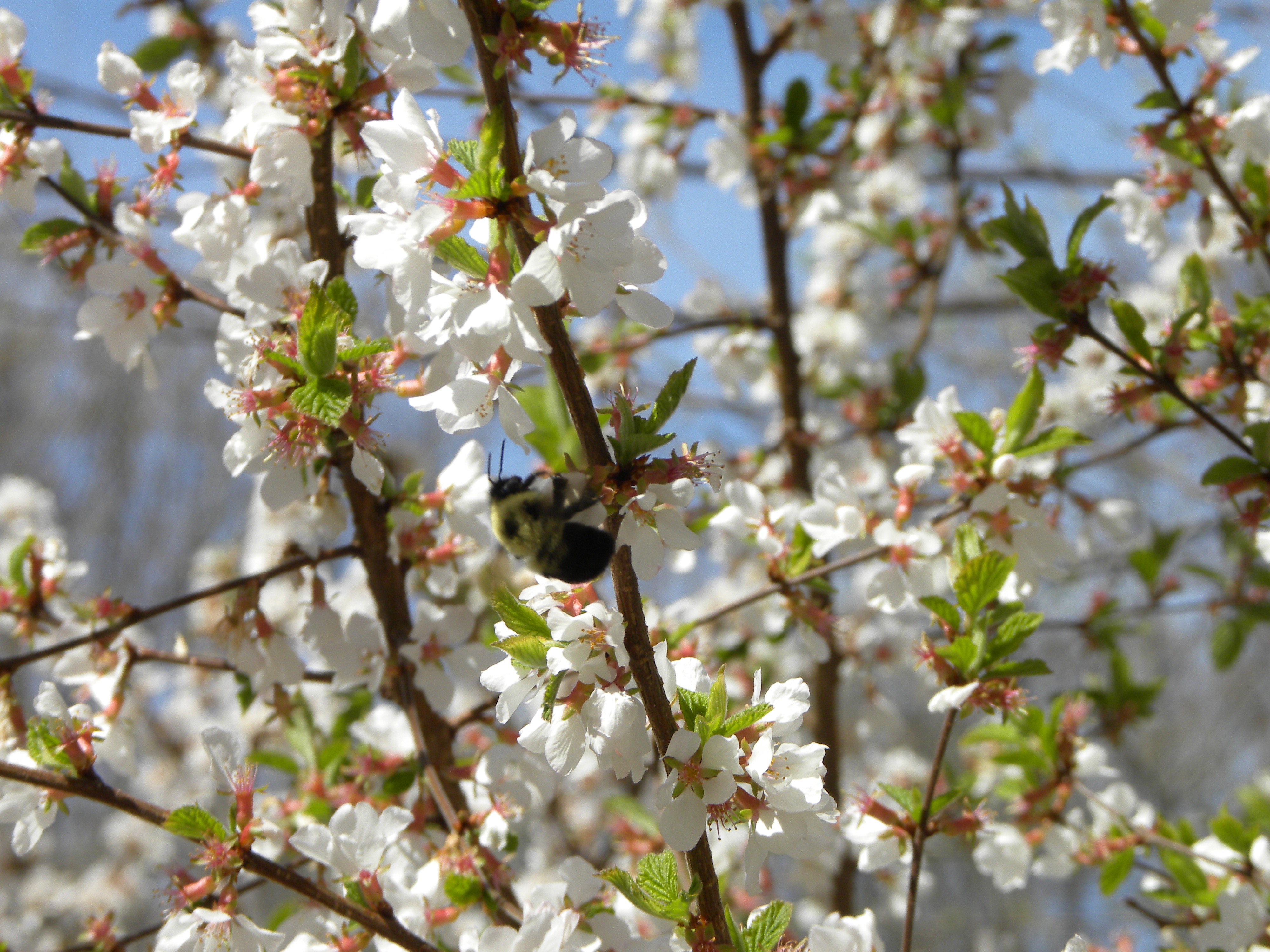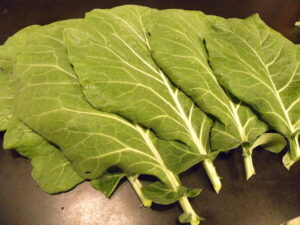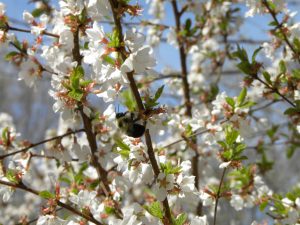
Nanking Cherry Blossoms
We are currently receiving our first yield of the season from our fruit trees and bushes – nectar and pollen much needed by our bees and other pollinators!
In permaculture design we have a concept called “stacking functions.” We ask for multiple benefits from each element added to the system – we want to do more with less. Rather than narrowly specializing, we ask more from everyone, build on the relationships we create this way, and aim to decrease our workload in the process. The system becomes more efficient by way of complexity.
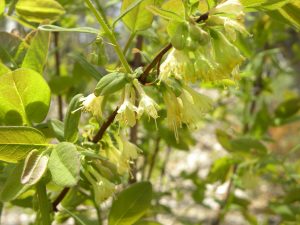
Honey Berry Blossoms
Oftentimes the various functions are already there, we just need to open our minds to seeing them. Once we identify them, we can then work to better use and enhance them or more deeply understand their value.
When I choose plants to bring into our landscape, there are numerous jobs I’m looking to fill, such as insectaries, pest confusers, dynamic accumulators, nitrogen fixers, fodder and, of course, food for us. Fruit trees and bushes are an obvious choice to give us a great yield later in the season, and a huge boost to nectar and pollen eaters in the spring (video: Bees Visit Nanking Cherry Blossoms).
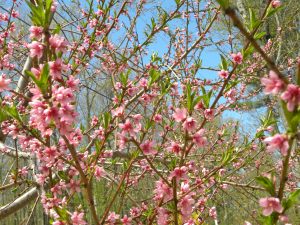
Peach Blossoms
And they really need it. To make one pound of honey, it is estimated that more than 550 worker bees will be needed to visit 2 million flowers. They will fly the equivalent of once around the world to make just that one pound. After the winter, my bees have consumed most of their resources and need the mass blooming of trees and dandelions to get off to a good start.

Jostaberry Blossoms
Here are other reasons to love trees… like all plants, they are the true producers on our planet, creating the energy that runs the whole food chain. Then, like all long-lived, woody plants they clean pollution from the air, stabilize soil, cycle water, moderate temperatures, sequester carbon out of the atmosphere, and give oxygen in return. They can offer shade and habitat.
Stacking functions is a useful permaculture lens to develop.
In a mechanistic view of a farm, each aspect is reduced to one use. You have pigs for meat, cows for milk, veggies for human consumption, cover crops and fertilizers to feed the soil, machines to manage the land, and waste products to grapple with.
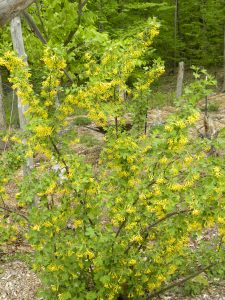
Clove Currant Blossoms
But in nature (meaning in reality) complexity and relationships are what create health and resiliency.
Understanding that animals also make soil-feeding manure, and that their behaviors can be used in healthy land management leads to systems taking them out of CAFOs (concentrated animal feeding operation) to go back onto pasture with rotational grazing. Increased soil life, better crops, fewer fertilizer inputs needed, and no waste.
A reductionist mindset is often applied to our lives as well – school is to learn information, work is for making money, home is for raising a family, vacation is for relaxing. But, we’re better off when we realize it’s not that simple.
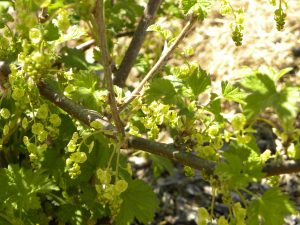
Red Currant Blossoms
When work is seen as a critical place of social connection, programs strengthening relationships increase satisfaction and performance. Remembering that our homes can also be productive work places can inspire us to develop skills in our gardens, woodworking shops, and sewing rooms. Integrating fun and relaxing activities into our lives rather than just waiting for vacations can make our communities and lives more vibrant.
Meanwhile, I thank my plants for the many ways they feed and support life!
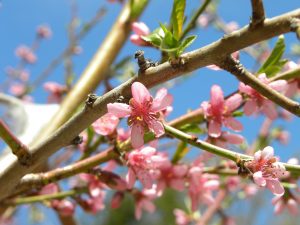
Peach Blossoms

